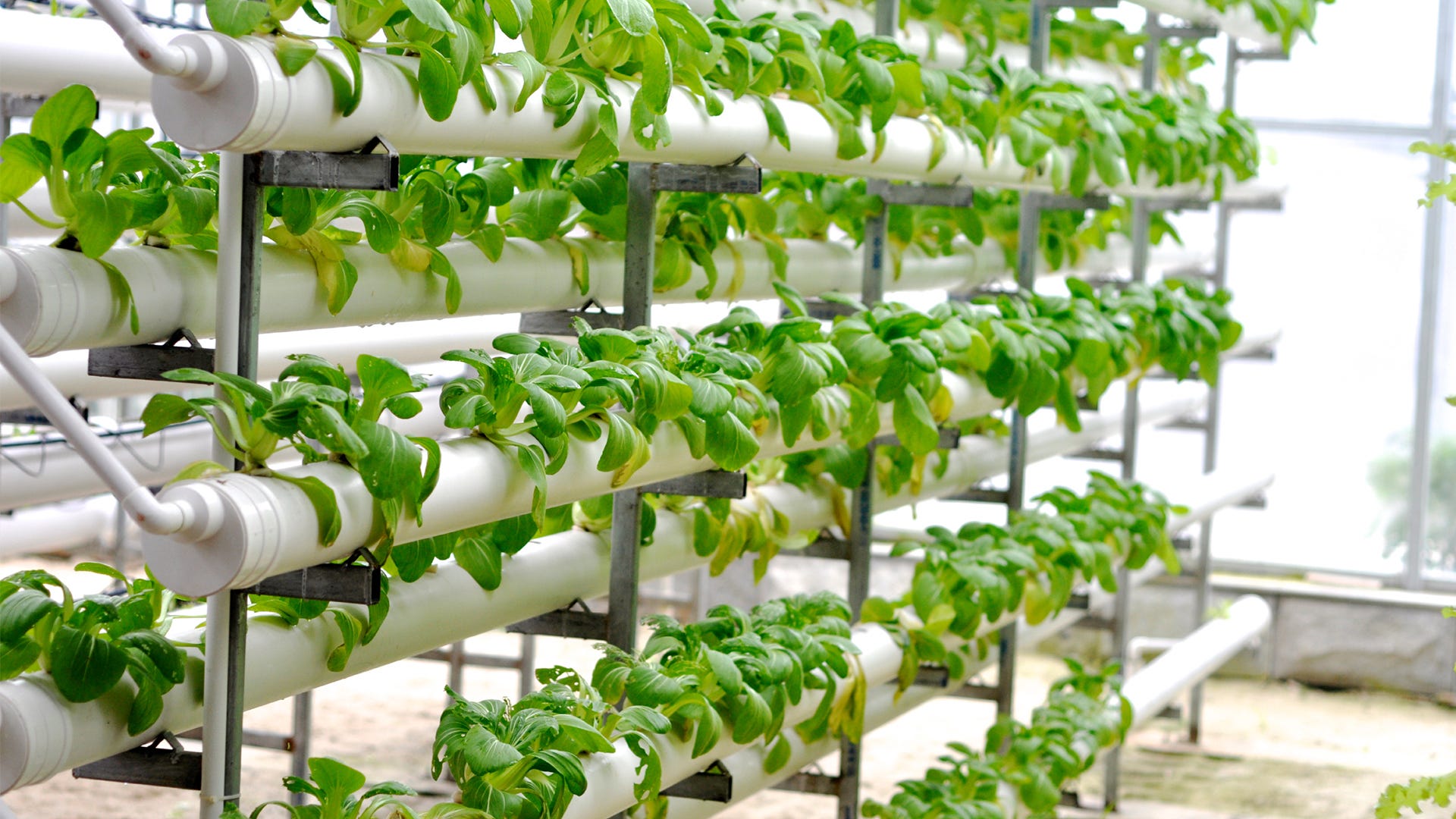
Moisture, heat, soil, and nutrients: For fungi, bacteria, and plant diseases, those are the main ingredients in a feast that ends with your indoor crop turning into a disappointing mess. And those conditions are just what the destructive trio will find in your indoor garden. Like the villains in a B movie, these nasty characters are ruthless and relentless. But you can be the hero of your own garden simply by deploying an impenetrable defense called hygiene. Yes, cleanliness is the superpower that stops the invaders before they can do their dirty work. Here’s how to keep your grow room problem-free.
Before you plant: Whether your supplies are new or you’ve used them before, be sure to clean them thoroughly. Pots, tubes, and tools need to be free of dust and dirt because the troublesome microbes feed on them. Wash everything you work with in hot, soapy water; rinse completely; and be sure they are thoroughly dry before you use them. Clean all of your tools with isopropyl alcohol to disinfect them.
Residual organic matter in soil can be a host to diseases and fungi, so it’s best to start each grow with a sterile mix. If you want to reuse soil, you can sterilize it in your oven at 180 degrees Fahrenheit for about 30 minutes: Just spread the soil no more than 4 inches deep in glass or metal baking pans—no plastic containers—and cover each pan tightly with aluminum foil.
If you get plants from another grower, quarantine them for a week to 10 days before introducing them into your indoor garden. Watch for signs of plant diseases or pests and treat any problems you find before moving them in.
Grow time: The nutrient solution you feed your plants is sustenance for many kinds of fungi. Even small drops that splash on the floor can be enough for spores to move in and begin to spread. Wipe up spills immediately and be sure the spots dry quickly.
Even where you haven’t spilled, the humid environment of a grow room is ideal for the formation of mold, mildew, and algae. Make a habit of removing mold and mildew with a sulfur-based fungicide that is approved for use in organic gardens. When you see algae—often in channels, gullies, and pumps—eliminate it with potassium salts of fatty acids, a powerful soap often used to kill insects.
You need to bring outside air into your grow room for a variety of reasons, but it can also carry in dirt, disease organisms, and spores. Use HEPA (high-efficiency particulate air) filters on your ventilation devices to keep the problems out.
After harvest: When your growing cycle has ended, clear your supplies and all the surfaces in your indoor garden of any residual bits of plant matter and dried nutrients; they are feeding grounds for plant pathogens and fungi. Treat them all with hydrogen peroxide (H2O2), a disinfectant. You can pick it up in 3 percent or 6 percent solutions at pharmacies, in the health-care section of supermarkets, and from online beauty-supply sources. At these concentrations you can use it full strength to swab surfaces in the grow room; it breaks down quickly to oxygen and water without leaving any lingering residue. You may also find 10 percent hydrogen peroxide for sale for horticultural applications; dilute 1 cup in 1 gallon of water for use in your grow room. (Beware of more potent hydrogen peroxide solutions, which can be dangerous to you and your plants.)



